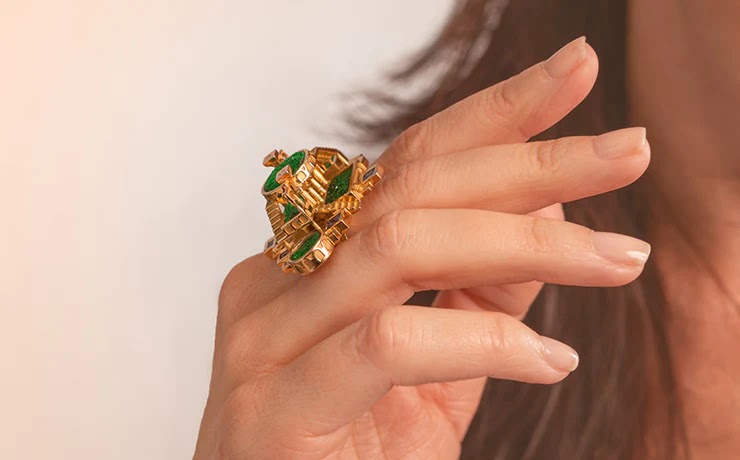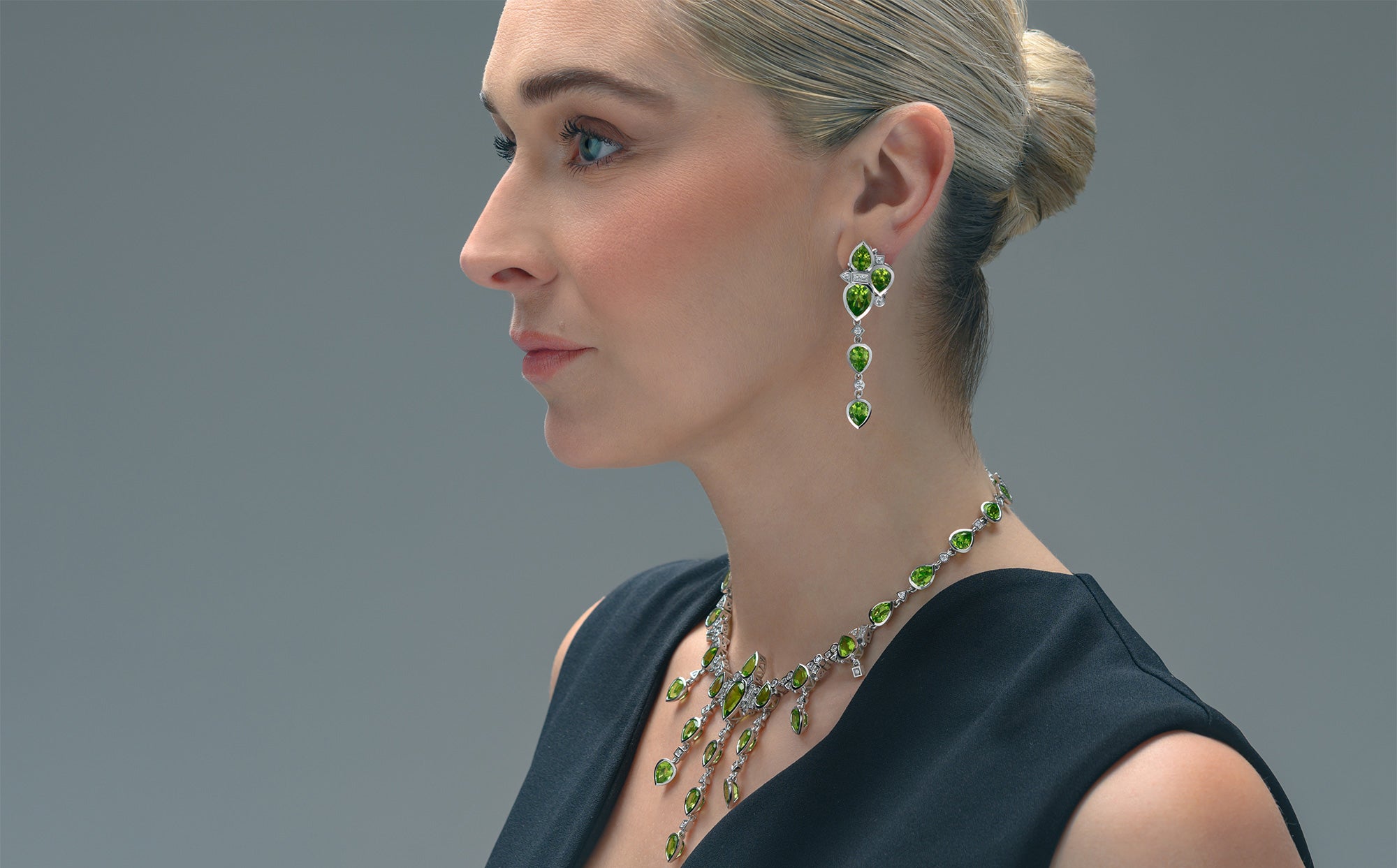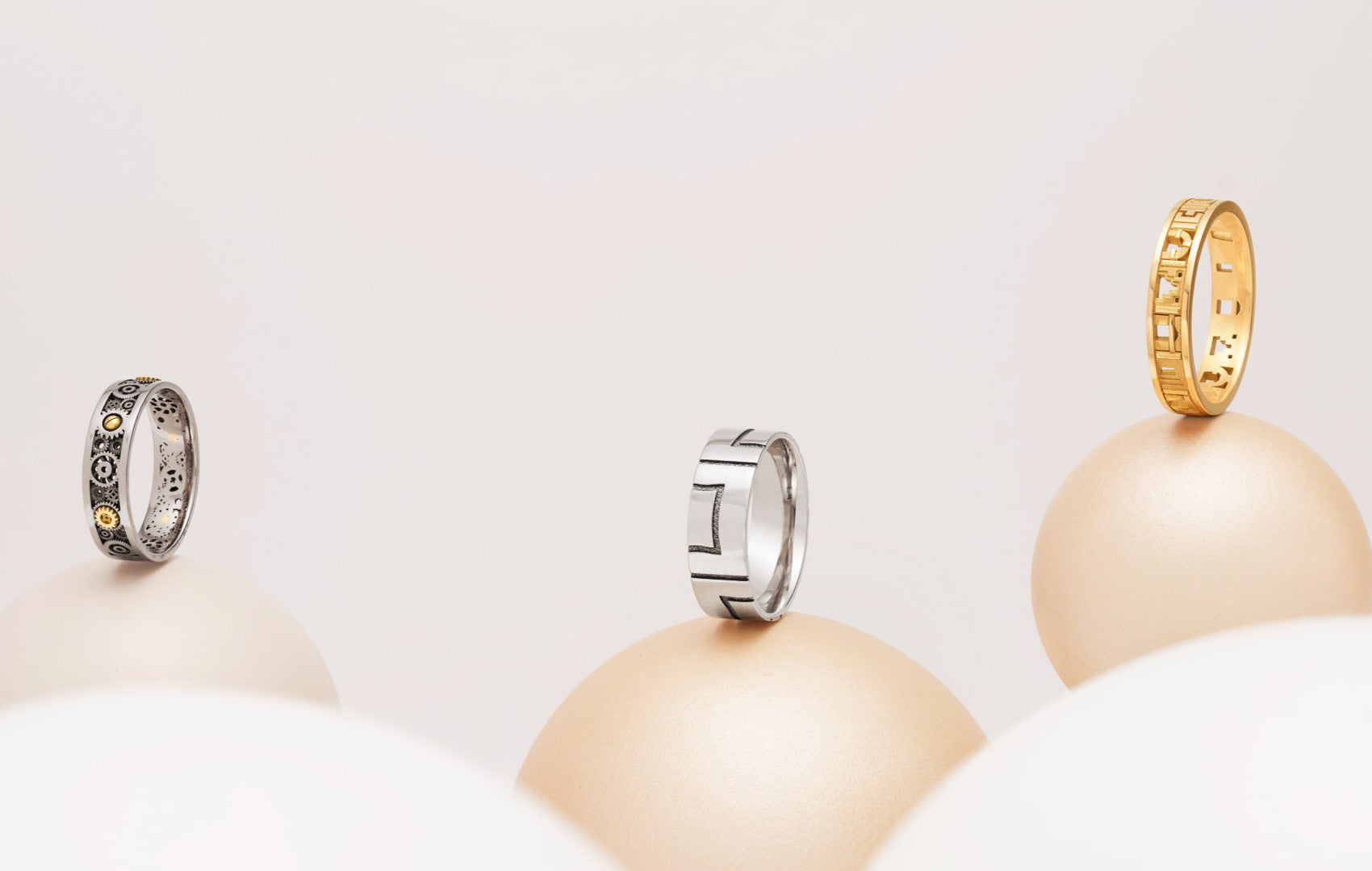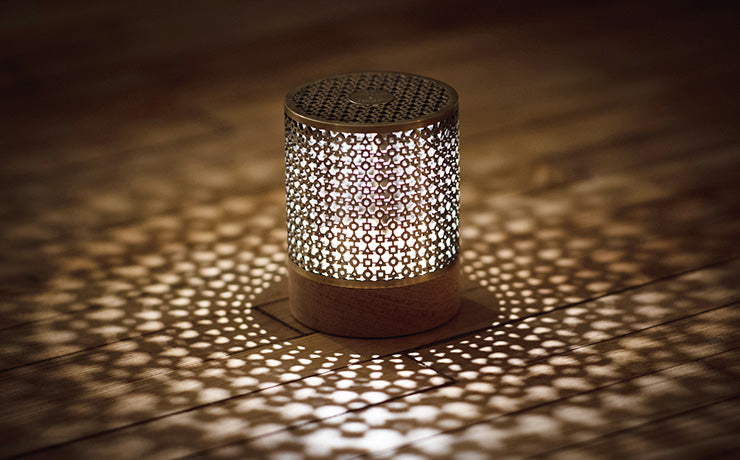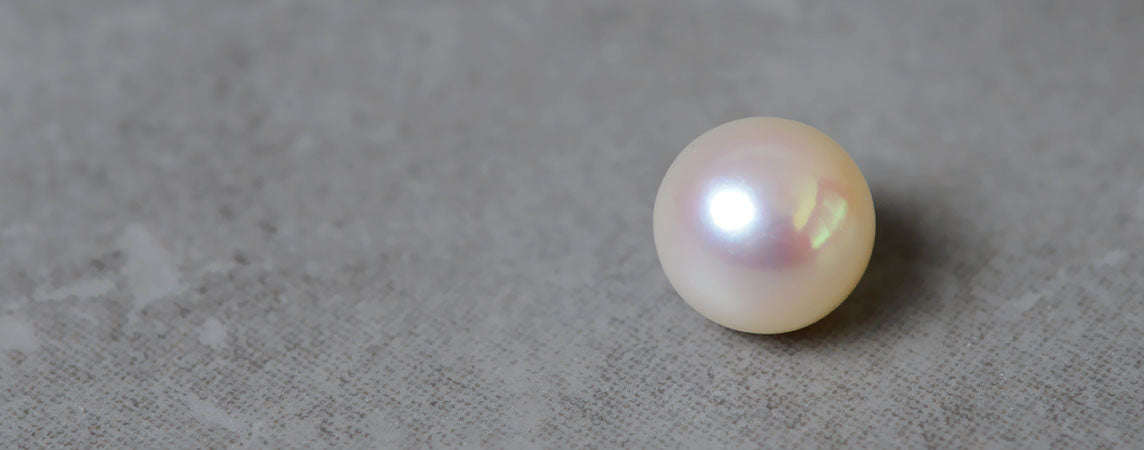
THE PEARL
The pearl
Depuis la création de la Maison Tournaire, les créateurs utilisent des perles de qualités. La perle est rare et précieuse, elle est un joyau fascinant La perle est un intrus qui a su trouver sa place parmi les merveilles de la nature. Le hasard fait décidément bien les choses… Depuis des millénaires les perles suscitent la convoitise et l’admiration.
The birth of a pearl is an accident of nature. An intruder, a dust, a small parasite penetrates a mollusk. If the mollusk can't expel it, it protects itself from the intruder by covering it with mother-of-pearl, which gradually transforms it into a pearl. It's a long way from being born in a mollusk to being sublimated by its wearer. It reveals its beauty in different shapes, colors, iridescences (also called orient), sizes, lustres... The pearl's many faces and the special care it requires throughout its life reinforce its unique and magical character.
Identity card for an atypical gem: the pearl
Pearls are pearly organic gems.
- Sa formation : Un corps étranger se trouve au contact du manteau d’un mollusque, qui contient des cellules secrétant la nacre. Couche après couche, la nacre donne naissance à une perle naturelle…Parfois banale, et parfois exceptionnellement belle.
- Sa dureté : Sur une échelle de 1 (savon sec) à 10 (diamant) la perle se situe entre 2,5 et 4. Malgré sa dureté relativement faible, la perle est tout de même très résistante.
- Entretien de la perle : On préconise de la nettoyer avec un chiffon doux imbibé d’eau tiède et légèrement savonneuse. Il est également recommandé de la porter seulement après avoir mis crèmes et parfums, car elle n’apprécie guère les produits chimiques. En effet, une fois les perles percées et montées en collier, les produits peuvent les abîmer car ils pénètrent entre la couche perlière et le noyau.
Fine pearls and cultured pearls: treasures of the seas
A natural or fine pearl is one formed without human intervention. According to historians, this precious intruder has been found in the Persian Gulf, Chinese and European rivers and Sri Lanka for thousands of years, right up to the New World with Christopher Columbus in the late 15th century, who discovered pearls in Venezuela and Panama. Today, it is extremely rare. It was only around 1900 that cultured pearls were invented by Kokichi Mikimoto, who understood the mechanics of their formation. Cultured pearls are also natural, but man has helped nature to finish its work: in the case of fine pearls, the foreign body was accidentally lodged in the mollusc. In the case of cultured pearls, man is responsible for this encounter with the mollusc, controlling every stage of the pearl's growth. The intruder is replaced by a round mother-of-pearl nucleus of varying diameters.
Portrait of a pearl of many reflections
Cultured pearls come in many varieties, depending on their origin and the mollusks from which they are extracted. There are 2 main types of pearl: saltwater and freshwater. Seawater pearls include Akoya, Tahitian and South Sea pearls. These are born in oysters. Freshwater pearls, on the other hand, come to life in giant mussels.
- La perle Akoya: elle est cultivée au Japon, en Chine et au Vietnam et est apparue au début des années 1900. Elle est la plus connue du grand public. La plupart des perles Akoya sont de couleur blanc- crème, en passant par le jaune puis le rosé ou gris léger. En général son diamètre varie entre 6 et 10 mm.
- La perle des mers du Sud: elle provient généralement d’Australie, d’Indonésie et des Philippines mais est aussi cultivée en Thaïlande et au Myanmar et est apparue dans les années 1950. La plupart du temps, la couleur de cette perle va de blanc-crème à la couleur de l’or. Il s’agit de la plus grosse perle connue : son calibre varie entre 8 et 18mm, parfois plus.
- La perle de Tahiti: elle est principalement cultivée en Polynésie française et au large des îles Cook, elle est apparue dans les années 1960. Sa couleur va du gris au noir en passant par le vert, pourpre bleuté et peut arborer un reflet métallique unique. Sa taille habituelle varie entre 8 et 16 mm de diamètre.
- La perle d’eau douce: Contrairement aux exemples précités de perles cultivées en mer, la perle d’eau douce est quant à elle cultivée dans les rivières et les lacs. A l’inverse des autres perles de culture, le mollusque d’une perle d’eau douce peut produire plusieurs perles simultanément, la rendant ainsi plus abordable que les autres. On la trouve en Chine, au Japon et aux Etats-Unis. Elle peut être de couleurs très variables. Elle est apparue au Japon dans les années 1930 et en Chine dans les années 1970. Sa taille varie entre 2 et 13 mm. Alors que les perles de culture en eau de mer sont le fruit d’une implantation d’un morceau de manteau combiné avec un noyau de nacre utilisé pour former le cœur de la future perle, les perles de culture en eau douce n’ont pas besoin de noyau donc leur couche de nacre est plus épaisse. Elles ne sont principalement produites qu’à partir d’un bout de manteau greffé dans un mollusque. La Chine constitue le plus important producteur de perles de culture au monde. On estime à seulement 10% le taux de perles produites de qualité gemme, exploitables en joaillerie. Cela montre que le travail fourni par l’homme et la clémence accordée par la nature ne sont pas toujours suffisants pour créer les perles somptueuses mises en vitrine chez les joailliers. Il s’agit en effet d’un travail de longue haleine pour lequel les travailleurs des fermes perlières doivent s’armer de patience. Ces merveilles de perles, fruits du hasard et de la nature, requièrent de nombreux mois, parfois des années de croissance avant d’être libérées de leur coquille. Mais quel fabuleux spectacle lorsque le résultat est parfait !
There are also other types of pearls. These include:
- Les perles « blister » : ces perles « ampoules » forment un cœur solide à l’intérieur d’un mollusque. Contrairement aux autres perles, la partie face à la coquille n’a pas de nacre et est plate.
- Les Keshi : ces « graines de pavot » sont des perles dites naturelles provenant des mers du Sud et sont de forme baroque (soit irrégulière)
- Les Mabé : assemblage composé d’un demi-noyau de nacre, ce qui fait d’elle aussi une perle plate.
The value of a pearl
According to GIA (Gemological Institute of America), there are 7 essential factors for determining the value of a pearl:
- La taille (mesurée en millimètres)
- La forme (ronde, plate, baroque, cerclée, poire, en forme de grain de riz…)
- La couleur (couleur dominante, l’orient ou l’iridescence…)
- Le lustre (la brillance : critère clé pour établir la valeur d’une perle)
- La qualité de la surface (rayures, défauts…)
- La qualité de la nacre (l’épaisseur des couches de nacre, l’opacité, l’uniformité…)
- L’assortiment (ou le fait qu’une fois mises côte à côte les perles soient coordonnées)
For Philippe Tournaire , the color and orient of a cultured pearl are most important. The orient gives "the impression of being able to enter the color". The jewellery designer is sensitive to pearls that stand out from the rest because of their orient, which can be found nowhere else.
Here are a few examples of terms used by professionals to describe the color of a pearl:
- Aubergine : se dit des perles de culture de Tahiti teintées de pourpre
- Paon : pour une perle de culture de Tahiti qui dévoile une couleur à dominante gris-vert à bleu-vert foncé avec une pointe de rose-pourpre.
- Pistache : pour une perle de culture de Tahiti jaune-verte.
- Dorée : les perles de culture des mers du Sud de couleur jaune délicatement teintée d’orange ou de vert.
Pearl treatments and imitations
Some cultured pearls, such as Akoya or South Sea pearls, undergo treatment such as bleaching, tinting or irradiation... It is often possible to tell from X-rays whether the pearl has undergone this type of treatment. We can also detect a tint from the hole drilled in the pearl, which indicates color concentrations.
There are countless attempts at imitation, but none can match the beauty and uniqueness of cultured or fine pearls.
Parmi celles-ci, l’essence d’orient Au XVIIème siècle un rosaire français a mis au point un dérivé de la perle : Avec une base en bille de verre qu’il a recouvert d’écailles de poissons iridescentes et de vernis, il a obtenu une imitation très convaincante de la perle naturelle.
This method is still used today, although it's being revived. The fact is, imitations often look too perfect to claim to be products of nature!
Through the centuries, pearls have remained a key element of Jewellery. Worn as a ring, pendant or necklace, the pearl reveals all its splendor and shows itself at its best. Inviting us to dream of swimming in the sea or freshwater, it's a veritable plunge into the beauty of nature. This "sublime accident", as Philippe Tournaire likes to call it, is a true source of inspiration. Come and discover this marvel through our workshops Philippe Tournaire ! We'll be delighted to take you on a journey into the unlikely and charming world of a foreign body to which everyone is now accustomed! The pearl as the centerpiece of unique jewelry creations...

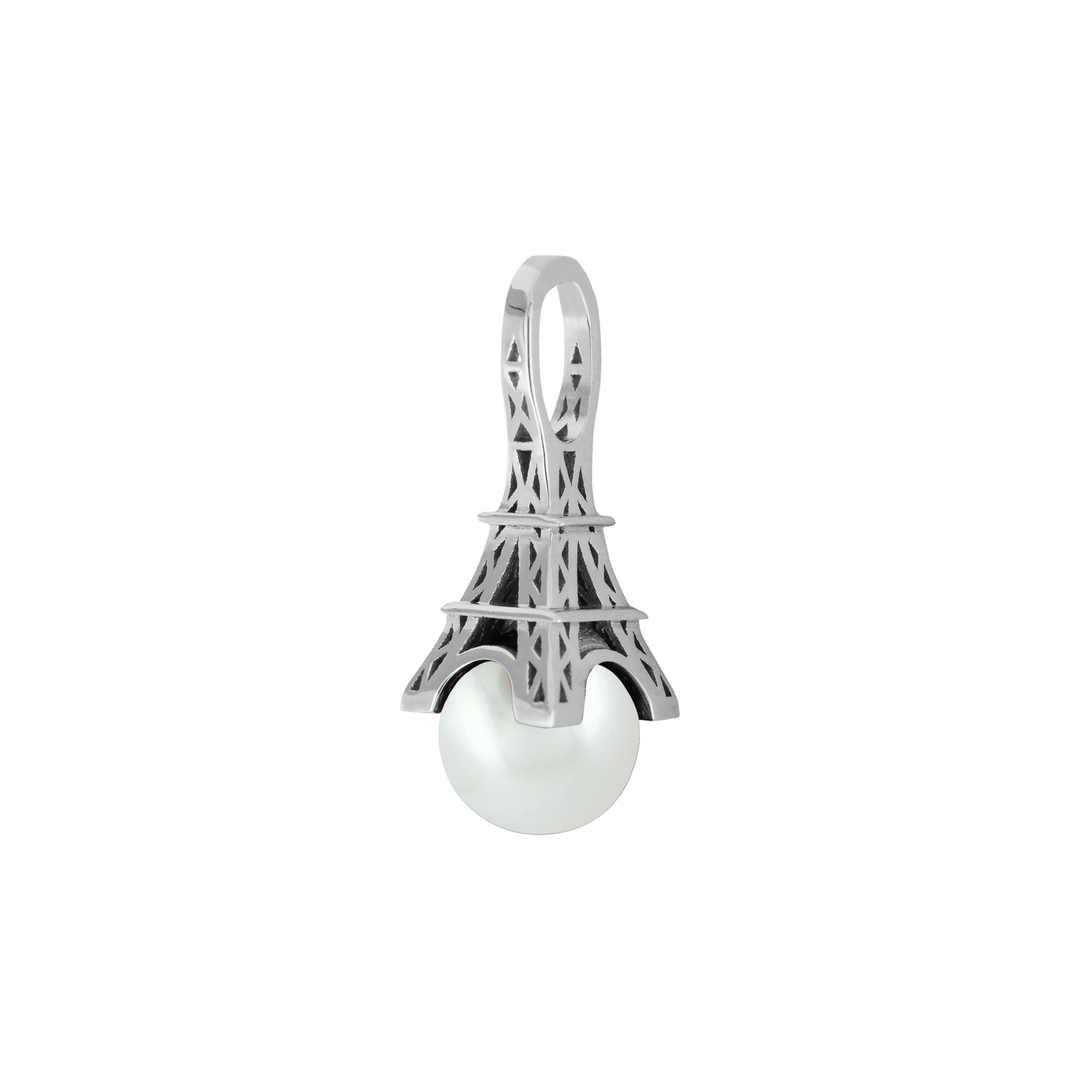

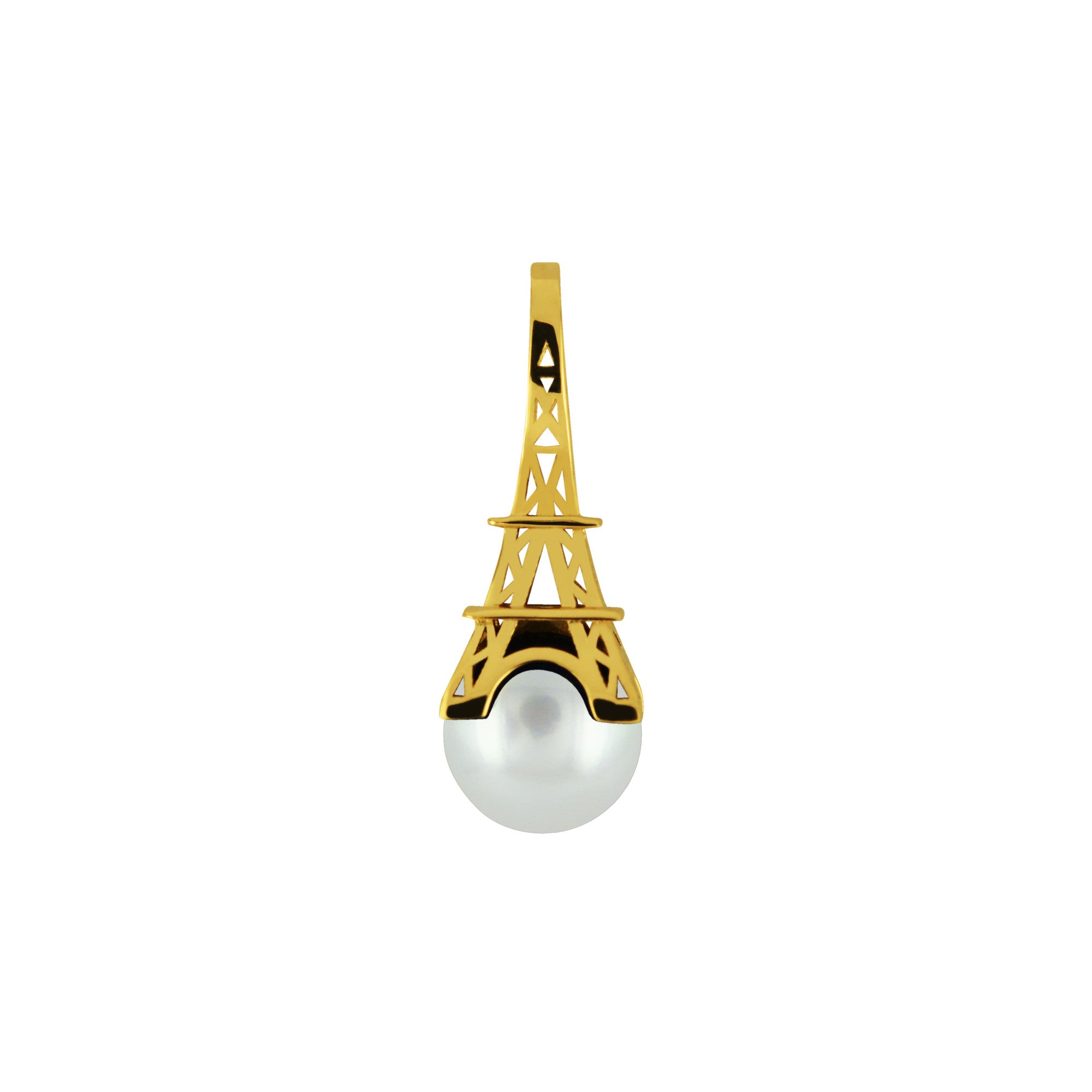
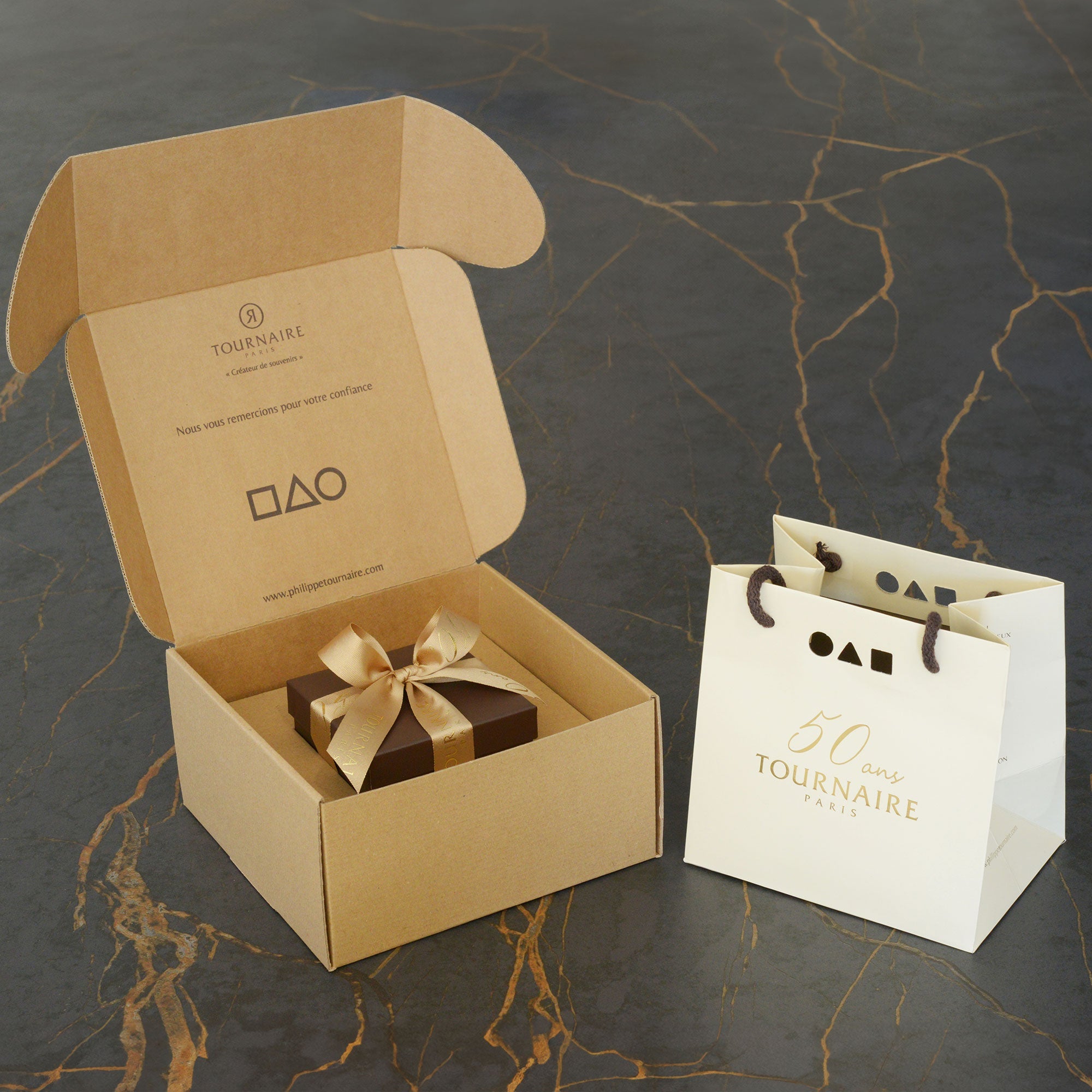
The guarantee of uncompromising craftsmanship
Our titles and labels





Made in France
Made in our workshop

100% secure payment
3x free of charge possible

Free delivery & returns
100% secure and free

Jewellery committed
Ethical and responsible jewelry

